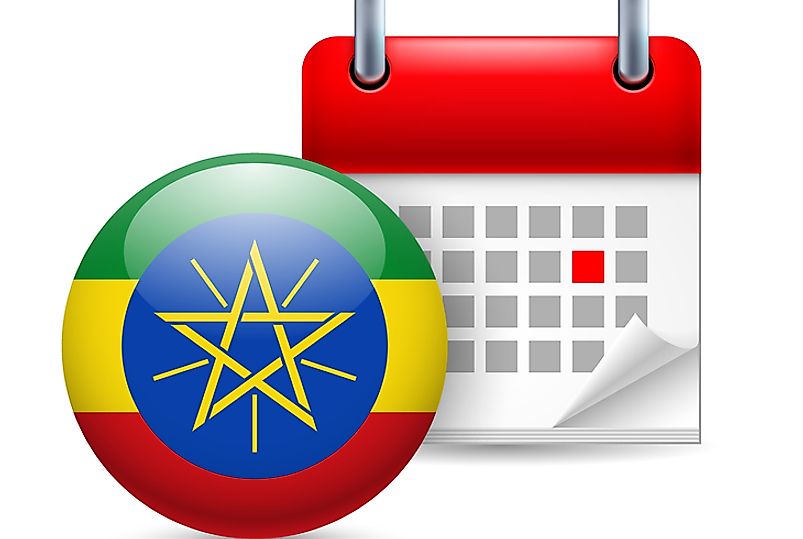The Unique Calendar Only Used in Ethiopia

Ethiopian Calendar
The official Ethiopian calendar is known as the Amharic calendar, a schedule that also serves as the liturgical year in Ethiopia and Eritrea for the Christians who belong to specific churches such as the Orthodox Church, the Catholic Church, and the Church of Alexandria. The basis of this calendar is the Egyptian calendar, although unlike the ancient Egyptian, the Ethiopian calendar has a leap year every four years with no exception just like the Julian calendar. For every year, the Ethiopian calendar contains twelve months of which every month has thirty days, in addition to five or six epagomenal days comprising the thirteenth month. The first day of the New Year according to the Ethiopian calendar coincides with the Gregorian at September 12th.
The New Year Day
The Enkutatash, which is the first day of the New Year, occurs on twelfth of September according to the Gregorian calendar. The Orthodox Church of Ethiopia also knows the day as Rising Awde Amet. Interestingly, the leap year according to the Ethiopian calendar occurs every four-year interval, with no exceptions whatsoever. In contrast with the Gregorian calendar, the year is a leap year if and only if the year is divisible by four hundred.
Leap Year Cycle
According to the Ethiopian calendar, the leap year is a four-year apart cycles, a sequence that does not always have any deviation. The leap years are still associated with the four Evangelist who spread the gospel after Jesus ascended to heaven. The first leap year according to the Ethiopian calendar is called the John-year, the second is the Mathew-year, the third is the Mark-year and finally the Luke-year, which contains the sixth phenomenal day.
History of the Ethiopian Calendar
The Ethiopian calendar eras were adopted according to the incarnation of Jesus Christ on March 25 9AD. The expert Annianus of Alexandria church did the calculations of the embodiment of Jesus. In this case, most churches in Ethiopia and Eritrea use the incarnation eras to indicate the year. According to the Annianus' calculations, it is clear that Ethiopian civilization started seven months after the incarnation of Jesus. However, Dionysius Exiguus calculated the Gregorian ages in AD 525, in which case, it is clear that according to these calculations, the incarnation of Jesus Christ was made eight years earlier than the Ethiopian year. Therefore, the Ethiopian calendar is eight years less than the Gregorian calendar.
Era of Martyrs
The period of martyrs began on August 29, AD 8 and it is the most crucial era according to the Ethiopians. The Eastern Christianity has been using it widely and in the present day, this period is still essential to the Orthodox Church of Alexandria.
The Anno Mundi
Anno Mundi means "in the year of the world" or the creation date. A bishop by the name Anianos stated that the annunciation of Jesus Christ was on March 25 every year and preferred it as the day of the New Year as well as the creation date. Therefore, according to him, the Panodoros era was shifted six months. On the other hand, according to the Ethiopian calendar, this scenario was equivalent to 15 megabits 5501 BC. The period of Anno Mundi remained in use until the end of the nineteenth century.











